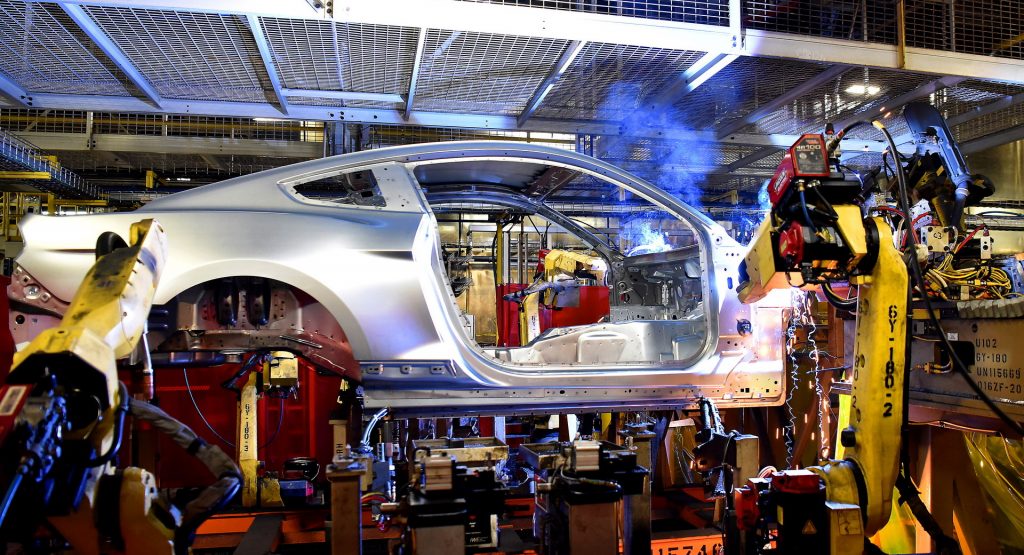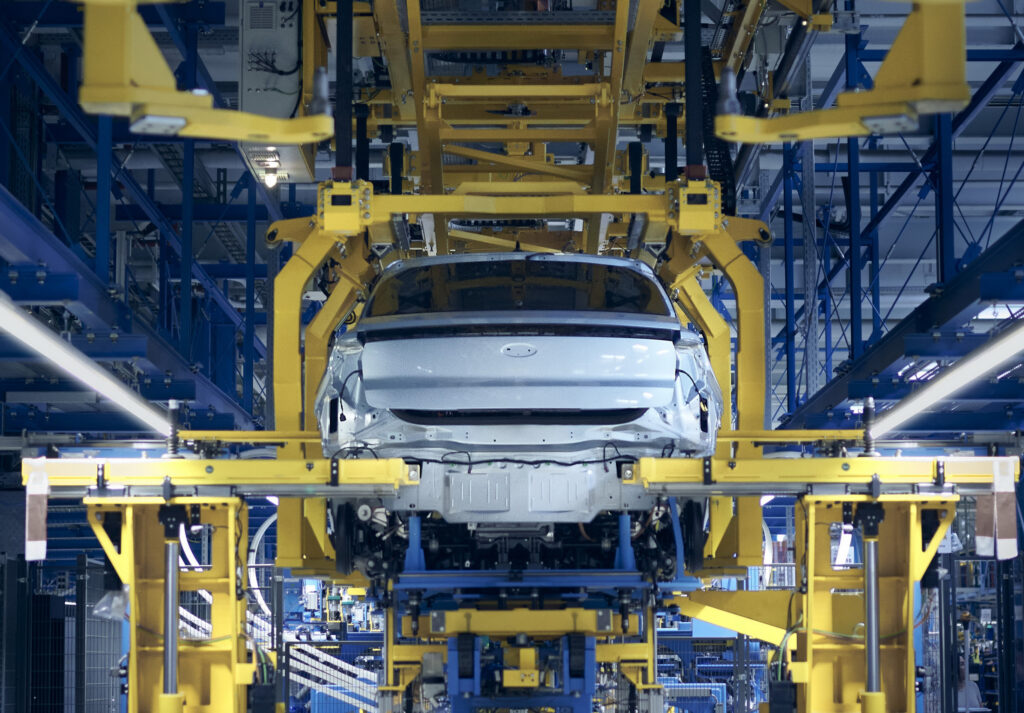Ford is entering negotiations with the United Auto Workers (UAW) union and while it produces more of its vehicles in the U.S. than rivals General Motors and Stellantis, it has been revealed that doing so comes at a cost.
Approximately 80% of all the vehicles that Ford builds are brought to life in the United States. However, company sources assert that this puts it at a $1 billion annual cost disadvantage to GM and Stellantis.
Auto News reports that Ford has a $9-an-hour labor cost gap compared to foreign car manufacturers with nonunion workers. It spends an average of $112,000 annually on wages and benefits for each hourly worker and that figure is expected to rise after negotiations with the UAW. In fact, UAW president Shawn Fain has said that he will push for significant raises and additional benefits for its members in response to the record profits enjoyed by Ford, GM, and Stellantis over recent years.
Read: UAW Wants More Pay And Improved Safety For GM’s Ultium Battery Plant Workers

The UAW wants to reinstate cost-of-living adjustments and scrap a tiered wage system that caps workers to around $32 an hour.
In some regards, Ford has gone above and beyond what it had agreed to when it signed its latest labor contract with the UAW in 2019. In fact, it has created or retained 14,000 UAW jobs since 2019, some 5,600 more than it had committed to. Additionally, it has invested $1.4 billion more than it originally planned and has converted almost 14,100 temporary workers to permanent status in the past four years.
Appeasing the UAW won’t be easy, however. Last month, Shawn Fain criticized a U.S. Energy Department plan to lend $9.2 billion to a joint venture between Ford and battery manufacturer SK for three large EV battery factories in the U.S. Fain said the loan does not take into consideration the wages, working conditions, or rights of union workers.




